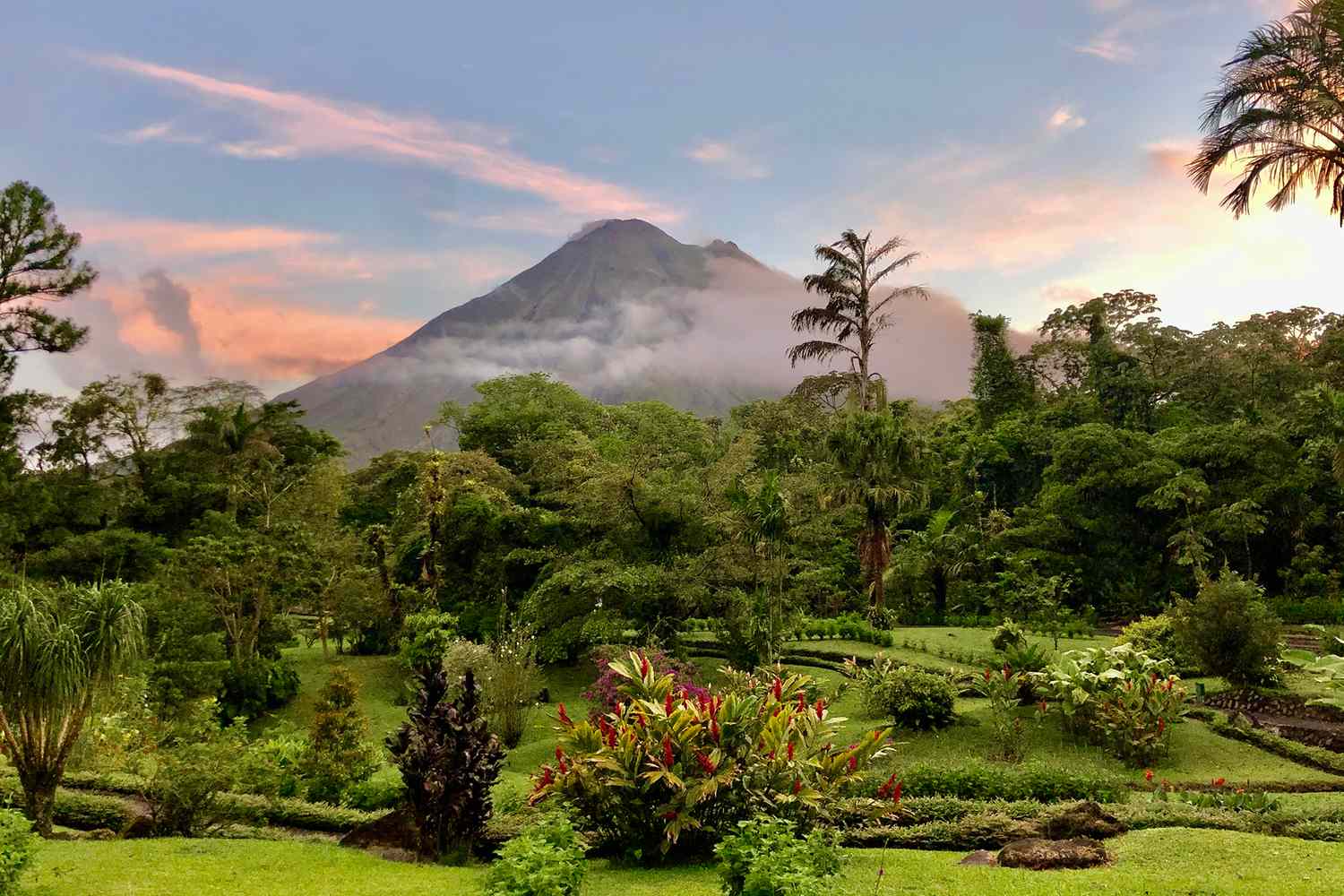Introduction
Costa Rica, with its lush rainforests, stunning beaches, and vibrant biodiversity, is a dream destination for travelers seeking adventure and natural beauty. However, timing is key when planning a trip to this Central American paradise. Understanding Costa Rica’s climate and seasons can make all the difference between a memorable vacation and a soggy disappointment. In this guide, we’ll delve into the nuances of Costa Rica’s weather patterns, exploring the best and worst times to visit this tropical paradise.
Understanding Costa Rica’s Climate and Seasons
Costa Rica’s climate is characterized by its distinct wet and dry seasons, with variations depending on the region and altitude. The country experiences a tropical climate year-round, with temperatures averaging between 70°F and 81°F (21°C to 27°C). The dry season typically runs from December to April, offering sunny skies and ideal conditions for outdoor activities. In contrast, the wet season spans from May to November, bringing heavy rainfall, high humidity, and the occasional thunderstorm.
The Wet Season: Reasons to Avoid Visiting
The wet season, also known as the green season, presents several challenges for travelers. Monsoon rains can be relentless, leading to flooding, landslides, and road closures in some areas. Outdoor activities like hiking, zip-lining, and wildlife viewing may be hampered by the inclement weather, limiting opportunities for exploration. Additionally, the increased humidity and rainfall can attract mosquitoes and other pests, potentially dampening the travel experience.
However, it’s not all doom and gloom during the wet season. The lush landscapes of Costa Rica come alive with vibrant greenery, making it an ideal time for nature enthusiasts and photographers. Plus, travelers can take advantage of lower prices, smaller crowds, and discounted accommodations during this time, making it an attractive option for budget-conscious travelers willing to brave the rain.
Exploring Costa Rica’s Peak Tourist Season
On the flip side, the dry season, from December to April, is considered the peak tourist season in Costa Rica. With its sunny skies, warm temperatures, and minimal rainfall, this period attracts hordes of visitors seeking beach vacations and outdoor adventures. However, the popularity of the dry season comes with its own set of challenges, including higher prices, crowded tourist attractions, and limited availability of accommodations and tours.
Travelers should be prepared to book accommodations and activities well in advance to secure their desired dates, especially during peak holiday periods. Additionally, popular destinations like Manuel Antonio National Park and Arenal Volcano can become overrun with tourists, detracting from the sense of tranquility and natural beauty that Costa Rica is known for.
Shoulder Seasons: Finding the Middle Ground
For travelers seeking a balance between favorable weather conditions and fewer crowds, the shoulder seasons offer a compelling alternative. From May to November, Costa Rica experiences its shoulder seasons, with transitional weather patterns and fewer visitors. While there may be occasional rain showers and cloudy days, travelers can still enjoy outdoor activities like hiking, wildlife spotting, and surfing, often at lower prices and with less competition for accommodations and tours.
Natural Phenomena and Environmental Factors
In addition to the seasonal variations in weather, travelers should also be aware of natural phenomena like El Niño and La Niña, which can influence Costa Rica’s climate patterns. El Niño events typically bring warmer temperatures and drier conditions, while La Niña events can result in cooler temperatures and increased rainfall. Additionally, Costa Rica is located in the hurricane belt, making it susceptible to tropical storms and hurricanes during the Atlantic hurricane season, from June to November.
Planning Your Trip: Strategies for Avoiding the Worst Times
When planning a trip to Costa Rica, flexibility is key. While the dry season may offer the most predictable weather, travelers should be prepared to pay a premium for accommodations and activities during this time. Conversely, the wet season presents opportunities for budget travel and unique experiences, provided travelers are willing to embrace the rain and occasional inconveniences.
Researching weather patterns and regional variations can help travelers make informed decisions about when and where to visit. Travelers should also consider purchasing travel insurance to protect against unexpected weather-related disruptions or cancellations. Ultimately, the best time to visit Costa Rica depends on individual preferences and priorities, whether it’s chasing waterfalls in the rain or soaking up the sun on pristine beaches.
Alternative Activities During the Worst Times
While outdoor activities may be limited during the worst times to visit Costa Rica, there are still plenty of indoor attractions and cultural experiences to enjoy. From exploring museums and art galleries to sampling Costa Rican cuisine at local restaurants, travelers can immerse themselves in the country’s rich culture and history. Wellness retreats and spa getaways also offer opportunities for relaxation and rejuvenation, allowing travelers to unwind and recharge amidst the tropical surroundings.
You read also more : Best Southern California Beaches
Conclusion
In conclusion, timing plays a crucial role in determining the success of a trip to Costa Rica. While there is no “one-size-fits-all” answer to the question of the best time to visit, understanding the country’s climate and seasons can help travelers make informed decisions and maximize their enjoyment of this tropical paradise. Whether it’s embracing the lush landscapes of the wet season or basking in the sunshine of the dry season, Costa Rica offers something for every type of traveler, regardless of the weather.





